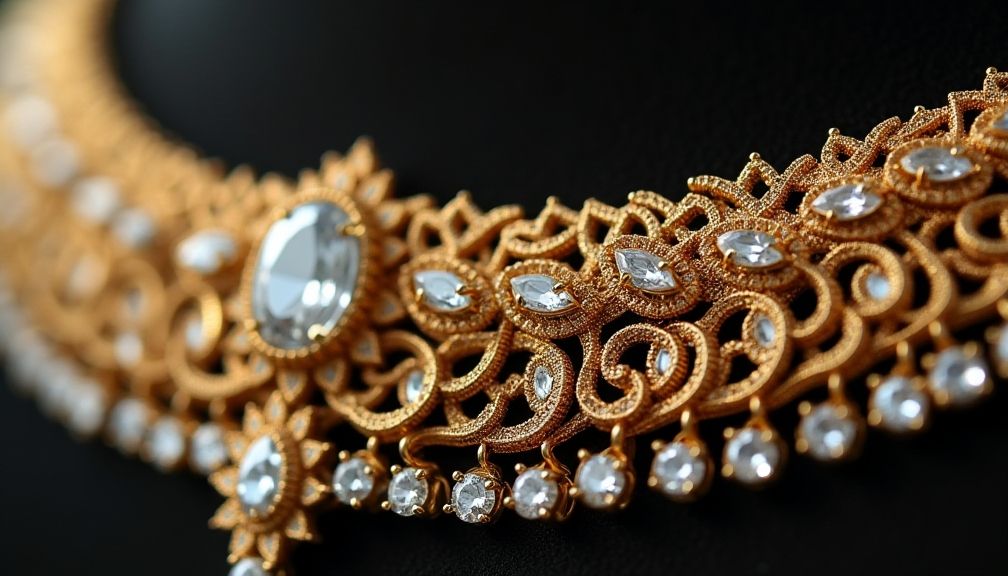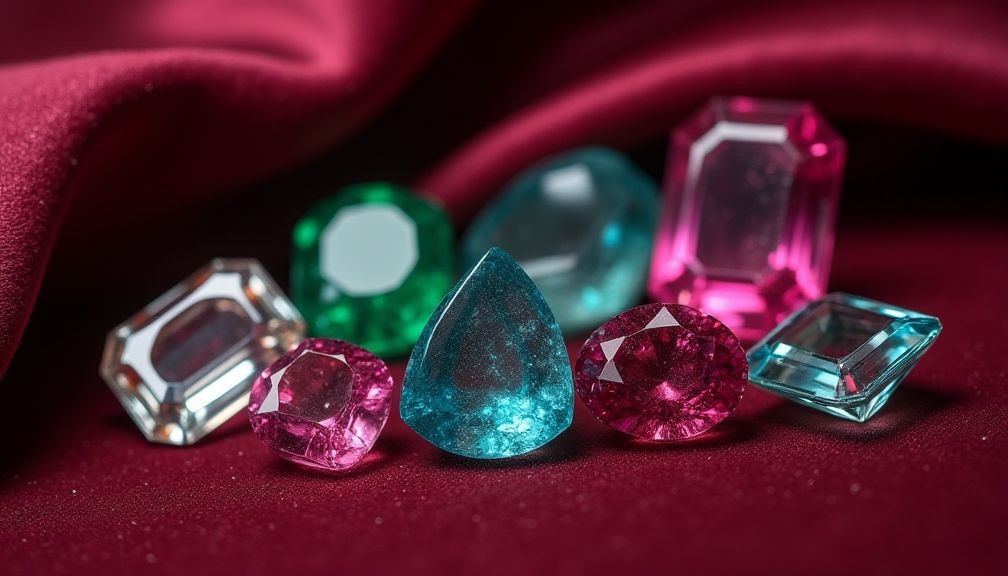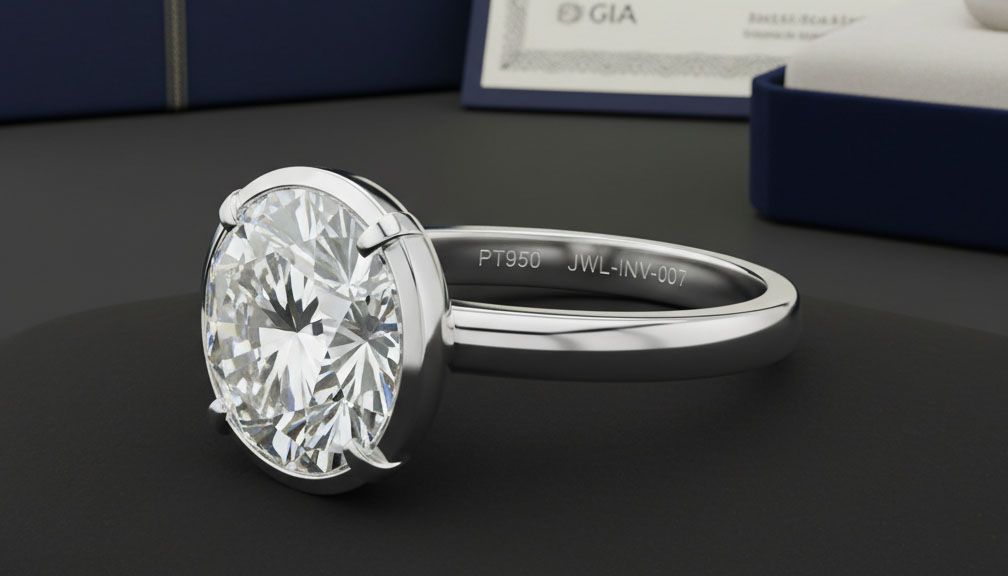Jewelry has always held an allure that transcends mere aesthetics. Fine pieces not only dazzle the eye but can also serve as smart investments. But what exactly qualifies a jewelry piece as “investment grade?” In this comprehensive exploration, we will delve into various factors that elevate certain jewelry items to the realm of investment-grade quality, enabling you to make informed decisions in your jewelry acquisitions.
Investment-grade jewelry is often misunderstood. While many associate value with price tags, true investment-grade pieces are determined by a combination of craftsmanship, provenance, materials, and market demand. In this article, we will dissect these components and provide insights into recognizing investment-grade jewelry.
The Significance of Craftsmanship
Craftsmanship is arguably the backbone of any jewelry piece. A well-crafted item not only showcases the skill of its creator but also ensures longevity.
One of the hallmarks of investment-grade jewelry is the level of craftsmanship involved. High-quality pieces often feature intricate detailing, precise stone settings, and a flawless finish. Jewelers who uphold traditional techniques and employ skilled artisans tend to produce pieces that withstand the test of time.
Attention to detail is vital. When assessing a piece, consider the following:
- Setting Type: Investment-grade pieces typically have secure settings that protect the stones. Prong and bezel settings, for instance, are revered for their durability.
- Finish Quality: A smooth and polished surface reflects the dedication of the jeweler. Look for consistent finishes that indicate meticulous work.
- Design Integrity: The integrity of the design should be evident, exhibiting a balance between artistry and wearability.

Materials Matter
The materials used in jewelry play a crucial role in determining its investment potential. Precious metals like gold, silver, and platinum have long been regarded as valuable, but the grade and purity can significantly impact price.
Gold Purity
Gold comes in various purities measured in karats, with 24k being the purest form. Investment-grade jewelry often features higher-karat gold, typically 18k or 22k, which offers a good balance between durability and value.
Gemstone Selection
The choice of gemstones is equally important. Investment-grade jewelry showcases high-quality stones characterized by:
- Clarity: Fewer inclusions mean higher clarity, enhancing a gem’s value.
- Color: Rich, vibrant colors often command higher prices. In diamonds, for instance, the color scale ranges from clear (D) to light yellow (Z), with D to F being most desirable.
- Cut: The quality of the cut influences a gemstone’s brilliance and overall appeal.
Provenance and History
Provenance refers to a piece’s ownership history and can dramatically impact its value. Jewelry with a documented history, especially if it was owned by a celebrity or public figure, tends to command higher prices.
Items with notable stories or historical significance add a layer of intrigue and rarity to the piece, making it more desirable. For example, pieces linked to renowned designers or significant periods in jewelry history are often regarded as investment-grade.
Market Demand and Trends
The jewelry market is influenced by trends and consumer demand, making them crucial elements in determining investment potential. Understanding current trends helps in predicting what will appreciate in value over time.
For instance, vintage jewelry has seen a resurgence in popularity as consumers lean towards unique and statement pieces. Similarly, sustainable and ethically sourced jewelry is gaining traction, making pieces with verified origins highly sought after.
Timing the Market
Understanding when to buy is an essential factor in optimizing investment returns. Jewelry trends fluctuate, and while some styles may seem timeless, others may fall out of favor. Keeping an eye on industry forecasts and customer sentiments can guide you toward making wise investment choices.
Rarity and Limited Editions
Rarity is a vital criterion for investment-grade jewelry. Limited editions or custom pieces often carry higher value due to their scarcity. The more exclusive a piece, the more likely it is to appreciate over time.
Limited editions often come with documentation certifying their uniqueness, making them more appealing to collectors. Additionally, jewelry that features rare gemstones or those with unique design elements can also be considered investment-grade due to their scarcity.
Further Reading:
Condition and Maintenance
The condition of a jewelry piece greatly influences its investment status. Pieces that are well-preserved, with minimal wear and tear, are more likely to retain their value. Regular maintenance and proper care can prolong a piece’s lifespan and aesthetics.
When purchasing vintage or second-hand jewelry, always have the item appraised by a reputable jeweler. An expert evaluation will help ensure the piece is genuine and in good condition.
Jewelry Appraisals and Certifications
Appraisals and certifications are essential in validating the investment potential of a jewelry piece. A formal appraisal provides a professional assessment of the piece’s value based on its quality, materials, and market conditions.
Certification from respected organizations, such as the Gemological Institute of America (GIA), can enhance a piece’s credibility. A certified gemstone indicates that it has undergone stringent evaluations regarding its quality and authenticity.
The Role of Ethical Sourcing
In recent years, the ethical sourcing of materials has gained prominence amongst consumers. Jewelry that is sustainably sourced and comes with assurances of fair labor practices often attracts a dedicated market segment.
Investing in ethically sourced jewelry not only adds value but provides peace of mind. As social consciousness continues to grow, ethical considerations will increasingly play a role in influencing market demand and prices.

Building Your Jewelry Investment Portfolio
Like any investment portfolio, diversity is key when it comes to jewelry. Building a collection that encompasses various styles, periods, and materials can hedge against market fluctuations.
Start by identifying your interests. Whether it’s vintage, contemporary, or designer, focus on styles that resonate with you. This passion will make the investment journey exciting and rewarding.
Additionally, learn about different gemstones and metals. Stay informed about current trends by following jewelry blogs, attending auctions, or engaging with experts in the field.
Finally, document your collection meticulously. Keeping records of appraisals, certifications, purchase invoices, and maintenance ensures that your investment retains its transparency and value.
Conclusion
Understanding what makes jewelry “investment grade” elevates your buying decisions and enriches your collecting journey. Craftsmanship, materials, provenance, market demand, rarity, condition, and ethical sourcing all contribute to an item’s potential as a financial asset.
Taking the time to study these factors not only enhances your appreciation for fine jewelry, but positions you as a savvy investor. As you embark on this exciting journey, remember that enthusiasm combined with informed choices can lead to remarkable investments that beautifully blend art and value.








